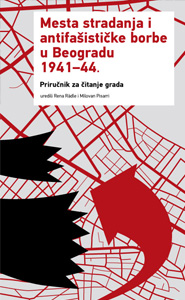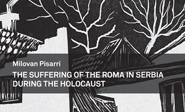Lecture of Lev Centrih held at The Workers and Punks’ University May Day School, 26 April–1 May, 2013
The Liberation Front of the Slovenian Nation was an organisation that led political armed resistance against fascist invaders and local quislings. It was established on 27 April 1941 in Ljubljana, shortly after the Axis powers disintegrated the Kingdom of Yugoslavia. It consisted of 18 groups; with the exception of the Communist Party of Slovenia which played the leading role, none of them was formally organised as a political party. This made Slovenian resistance movement different as compared with development in other parts of Yugoslavia where communist people’s front strategy failed for the most part. Slovenian partisans however shared two basic features whit the rest Yugoslavia’s resistance: a) building a network of alternative government institutions — National Liberation Committees (NLC); b) evolving the partisan movement from small guerrilla units to regular army. NLCs secured the communist hegemony among the population traditionally affiliated with populist bourgeois political parties, while the evolution of the partisan military structure forged the alliance of the working people (peasants, workers and other social strata). The history of partisan national liberation movement reveals how populist quasi anticapitalist ideologies had been defeated and overcome. Class struggles in Yugoslavia during the Second World War will be elaborated in light of a conflict between different political blocks that shared basic assumption that alternatives to capitalism are necessarily.
Lev Centrih, PhD, is a historian and sociologist from Ljubljana. He is a member of The Workers and Punks’ University and a researcher at the Institute of Labour Studies.


